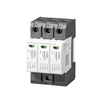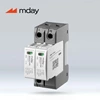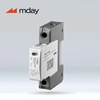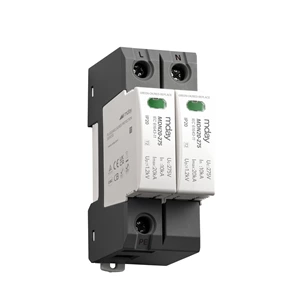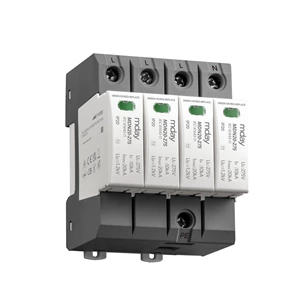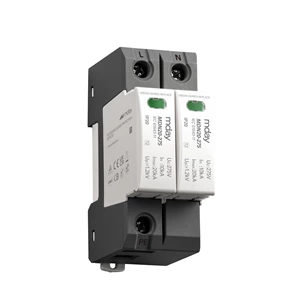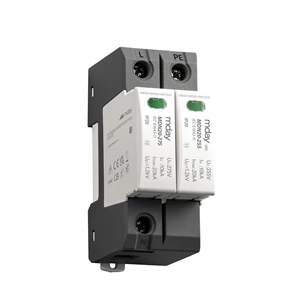Analysis Of The Characteristics Of Surge Protectors
Surge, as its name suggests, is associated with water. surge protective device, also known as lightning protection, provides safety protection for various electronic equipment and communication lines. When a circuit or communication line suddenly generates a peak current or voltage due to external interference, surge protector can react quickly and divert the current, preventing the surge from damaging other devices in the circuit.
A surge is a transient disturbance. Under certain conditions, the instantaneous voltage exceeds the rated normal voltage range. Typically, this transient does not last long, but can be quite high.
It can rise suddenly in as little as one millionth of a second. For example, a lightning strike or disconnection of an inductive load can significantly impact the power grid. In most cases, if equipment or circuits connected to the power grid lack surge protection, they can be easily damaged, and the extent of the damage is related to the device's voltage rating.
Surges in power supply systems primarily come from two sources: external (e.g., lightning) and internal (e.g., electrical equipment startup and shutdown, malfunctions, etc.).
The characteristics of surges are often short in duration (the overvoltage caused by lightning is often subtle), but the instantaneous current is large and may cause damage to electrical equipment and cables, so surge protection device needs to protect them.



